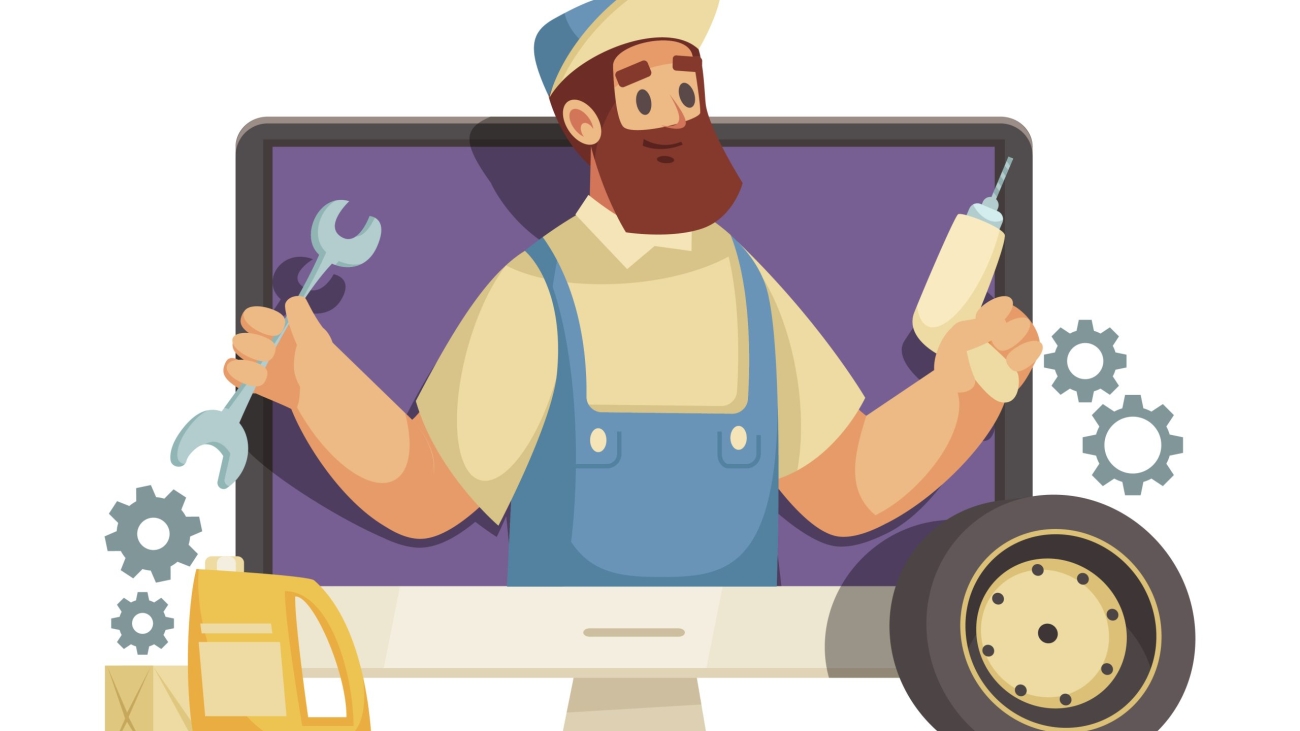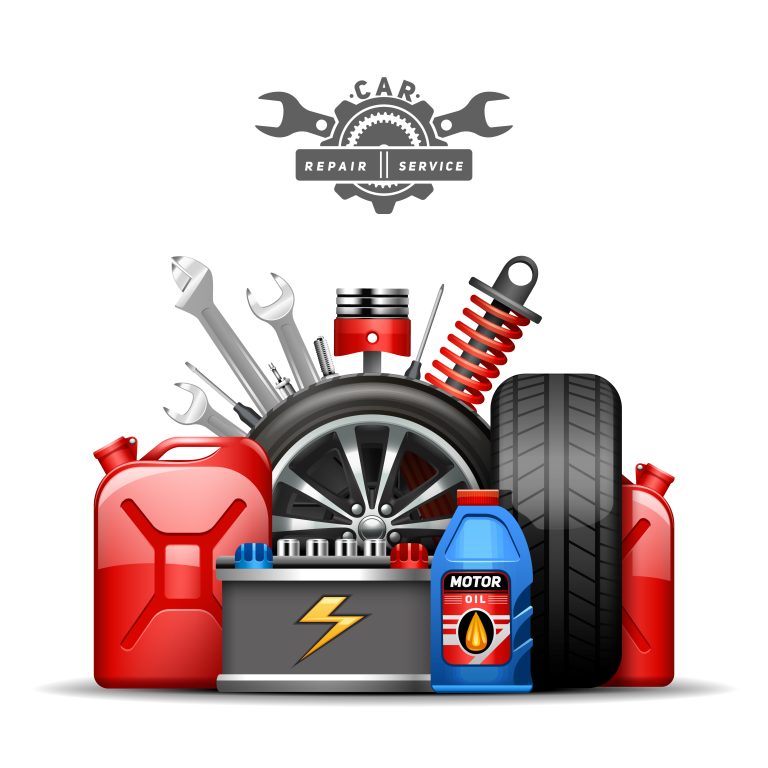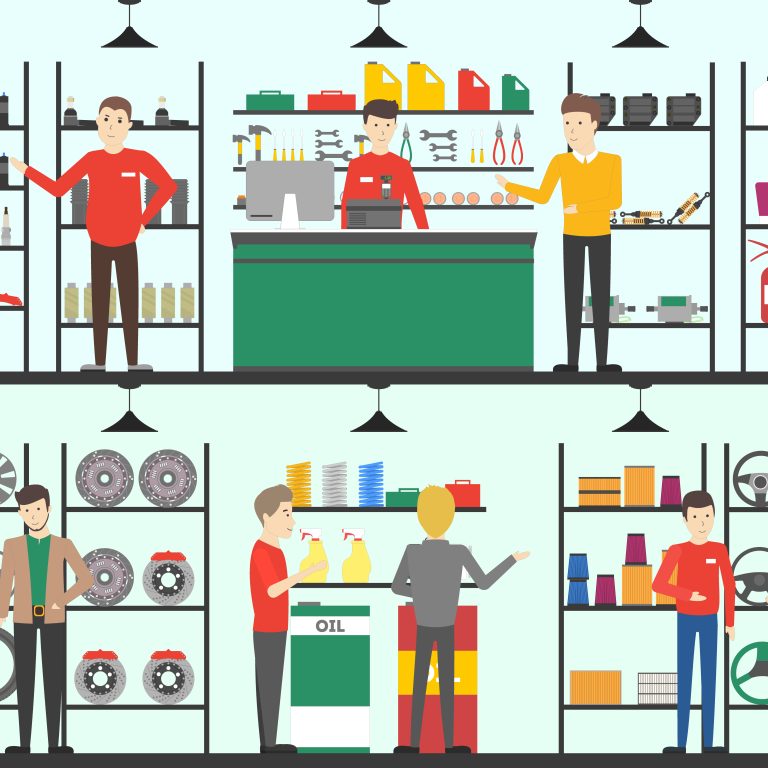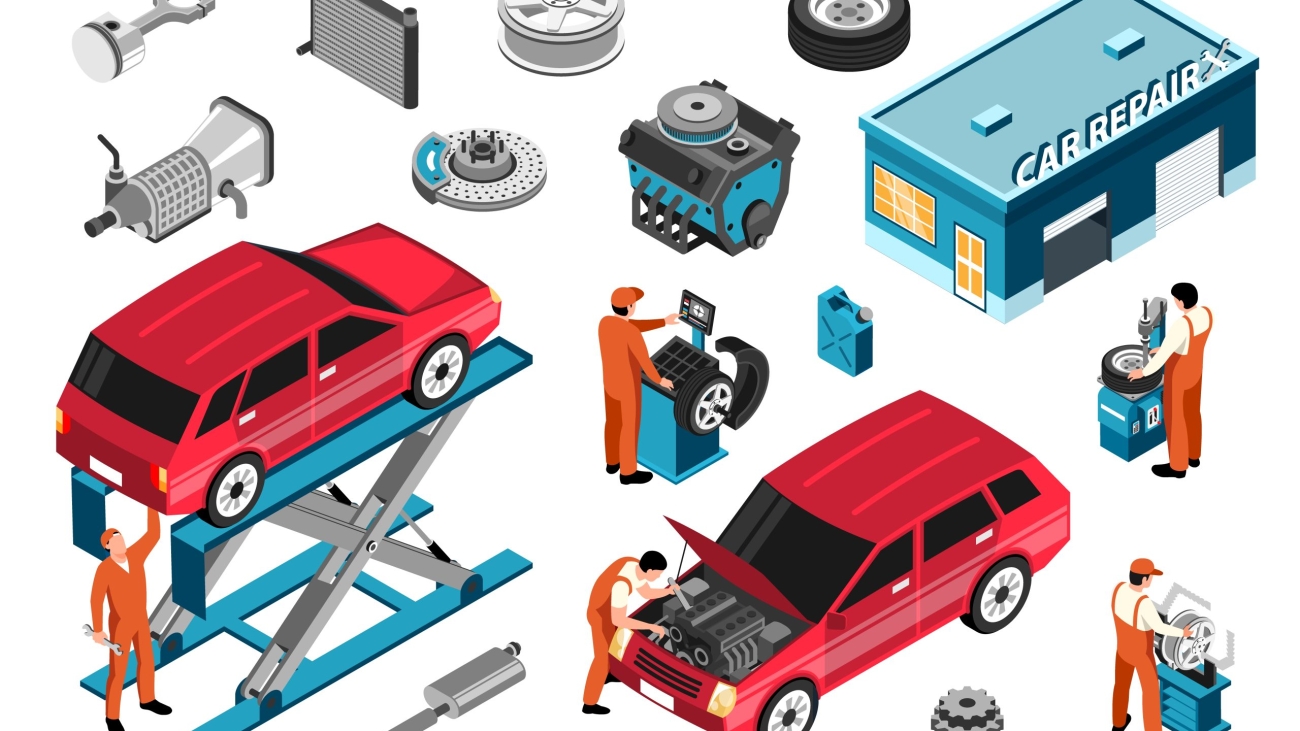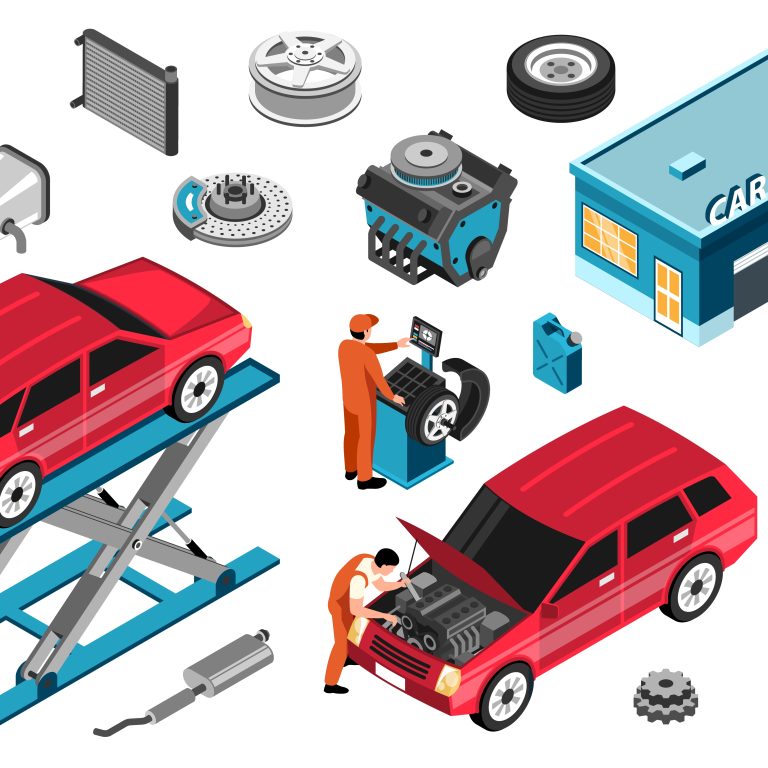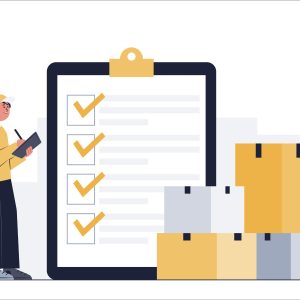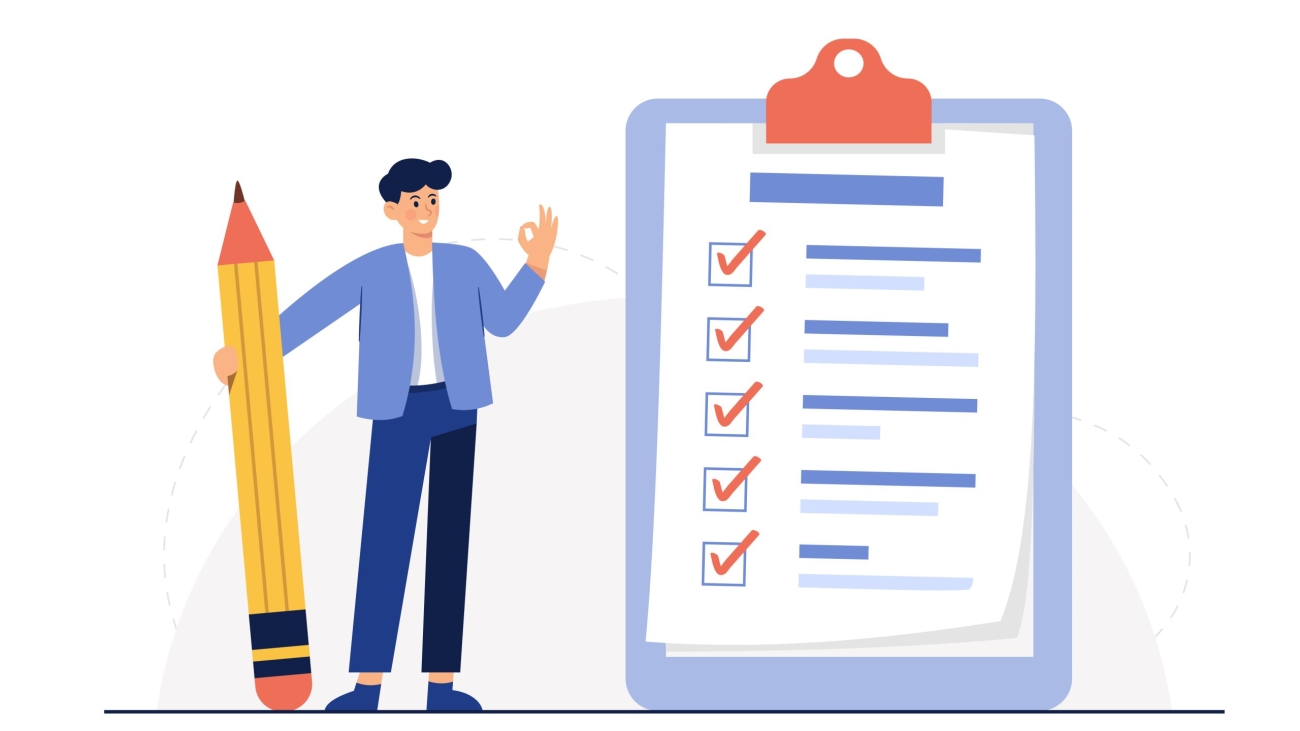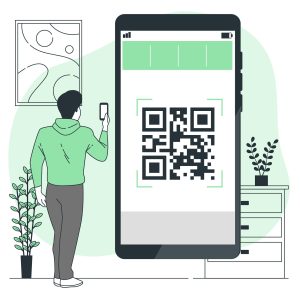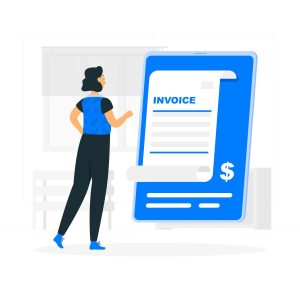Designing Effective Incentive Programs for Mechanics
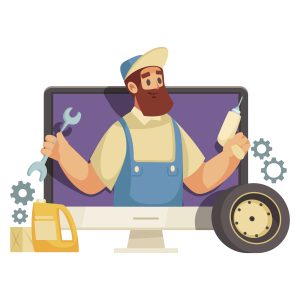
In the dynamic world of auto repair, independent mechanics serve as crucial partners in ensuring vehicle maintenance and customer satisfaction.
Crafting tailored incentive programs for these independent mechanics is essential for fostering collaboration, enhancing service quality, and driving business growth.
In this insightful guide, we delve into the nuances of incentivizing independent mechanics through innovative Scan and Earn programs, addressing common challenges and implementing strategies for maximizing engagement and performance.
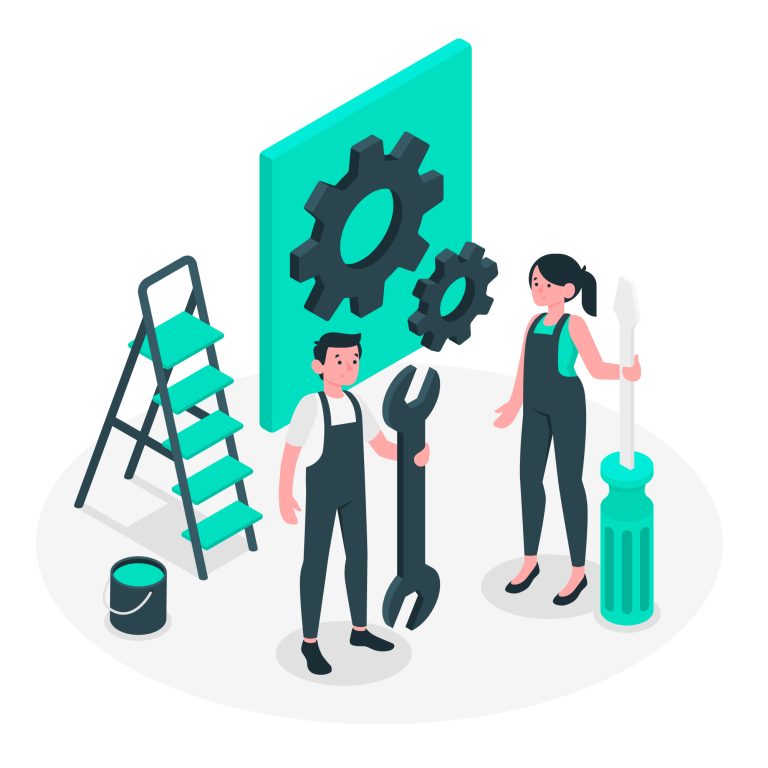
Thinking about launching an incentive program for your auto brand?
Schedule a free Proof of Concept session tailored for your brand
Understanding the Independent Mechanics Landscape
Identifying Common Challenges
Independent mechanics face various challenges in their roles:
Customer Acquisition: Generating a steady stream of customers and competing with established repair shops is a perpetual challenge. Building a loyal customer base requires consistent quality service and effective marketing efforts.
Parts Procurement: Sourcing quality parts at competitive prices is essential to meet customer demands while maintaining profitability. However, finding reliable suppliers and navigating fluctuating prices can be daunting.
Skill Development: In the rapidly evolving automotive industry, staying updated with emerging technologies and diagnostic techniques is crucial. Mechanics must invest time and effort in continuous learning to remain competitive and deliver reliable services.
Business Growth: Expanding their customer base and service offerings is vital for increasing revenue and sustaining business viability. However, limited resources and fierce competition can hinder growth prospects.
Implementing Scan and Earn Incentive Structures
Leveraging Scan and Earn Mechanisms
The Scan and Earn incentive model offers a streamlined approach to reward mechanics for their loyalty and business growth:
Barcode Scanning: Mechanics use a mobile app to scan product barcodes at the point of purchase, earning points or rewards for each transaction. This gamified approach encourages frequent engagement and creates a sense of achievement.
Point Redemption: Accumulated points can be redeemed for a variety of rewards, such as discounts on future purchases, free merchandise, or gift cards. Providing diverse redemption options ensures that mechanics can choose rewards that align with their preferences.
Tiered Rewards: Mechanics may unlock higher-tier rewards based on their cumulative purchases or loyalty status. This tiered structure incentivizes continued engagement and spending, motivating mechanics to increase their patronage.
Partnering with Manufacturers and Distributors
Collaborating with automotive manufacturers and parts distributors enhances the effectiveness of Scan and Earn programs:
Exclusive Offers: Manufacturers can offer exclusive discounts or bonus points on select products, incentivizing mechanics to prioritize their brand over competitors. Limited-time promotions create a sense of urgency and drive immediate action.
Training Incentives: Distributors may provide additional rewards for mechanics who complete product training or certification courses. Investing in mechanic education ensures product knowledge and service quality, benefiting both parties in the long run.
Promotional Campaigns: Coordinated marketing efforts, such as seasonal promotions or product launches, can drive mechanic participation and sales. Engaging mechanics through targeted campaigns increases brand visibility and fosters brand loyalty.
Engaging Mechanics in the Incentive Process
 Clear Communication and Training
Clear Communication and Training
Transparent communication and accessible resources are essential for mechanic engagement:
Program Overview: Providing mechanics with a comprehensive overview of how the Scan and Earn program works, including eligibility criteria, point accrual mechanisms, and reward redemption options, sets clear expectations from the outset.
Training Materials: Offering online tutorials, FAQs, and training sessions familiarizes mechanics with the mobile app interface and scanning process. Empowering mechanics with the knowledge and skills to navigate the program independently enhances their user experience.
Ongoing Support and Assistance
Providing responsive support and assistance fosters mechanic satisfaction and loyalty:
Technical Support: Offering hotline assistance or live chat support for troubleshooting app-related issues or answering program-related queries ensures mechanics feel supported and valued. Prompt resolution of issues minimizes frustration and encourages continued participation.
Parts Recommendations: Providing product recommendations and technical advice helps mechanics select the right parts for their customers’ needs and vehicle specifications. Offering personalized assistance builds trust and strengthens the manufacturer-distributor-mechanic relationship.
Recognition and Rewards
Celebrating achievements and milestones motivates mechanics to actively participate in the program:
Monthly Leaderboards: Recognizing top-performing mechanics through monthly leaderboards or rankings based on points earned or purchases made instills a sense of accomplishment and friendly competition. Public recognition boosts morale and encourages sustained effort.
Exclusive Events: Inviting mechanics to exclusive events, such as product launches or appreciation dinners, recognizes their contributions and strengthens relationships. Face-to-face interactions foster camaraderie and loyalty, reinforcing the sense of belonging to a supportive community.
Overcoming Common Pitfalls
Program Engagement and Adoption
Encouraging mechanic participation and adoption requires ongoing communication and incentives:
Promotional Incentives: Offering bonus points or rewards for mechanics who join the program during launch promotions or special events creates excitement and incentivizes early participation. Limited-time offers create a sense of urgency and drive immediate action.
Referral Bonuses: Providing incentives for mechanics who refer their peers to join the program expands the participant pool and fosters a sense of community. Word-of-mouth recommendations are highly effective in driving program adoption and engagement.
Technical Challenges and Barriers
Addressing technical challenges and barriers ensures a seamless user experience:
App Updates: Regularly updating the mobile app with new features, bug fixes, and performance enhancements based on user feedback ensures a smooth and enjoyable user experience. Continuous improvement demonstrates a commitment to providing the best possible service.
User-Friendly Interface: Designing an intuitive and user-friendly app interface with clear instructions and prompts simplifies the scanning process and minimizes errors. A seamless user experience enhances mechanic satisfaction and encourages frequent app usage.
Evaluating and Adjusting Strategies

Continuous Improvement
Regularly assessing program performance and gathering feedback enables refinement and optimization:
Usage Analytics: Analyzing app usage data, scanning frequency, and redemption patterns identifies trends and areas for improvement. Insights from analytics inform strategic decisions and drive program enhancements.
Mechanic Surveys: Soliciting mechanic feedback through surveys or focus groups gathers insights on program satisfaction, usability, and desired enhancements. Listening to mechanic input demonstrates a commitment to meeting their needs and improving the program.
Conclusion
Crafting effective Scan and Earn incentive programs for independent mechanics empowers them to drive business growth and enhance customer satisfaction.
By leveraging innovative incentive structures, fostering collaboration with manufacturers and distributors, and providing ongoing support and recognition, brands can cultivate lasting partnerships and loyalty within the mechanic community.
Learn how these strategies complement broader incentive frameworks within the auto sector, empowering mechanics to drive business growth and enhance customer satisfaction. Read the complete guide on incentives for auto sector here.

Incentivizing independent mechanics boosts their loyalty, encourages them to promote your brand, and helps increase sales of high-quality parts and services.
Effective incentives include monetary rewards, scan-and-earn programs, training and certification, referral bonuses, and exclusive events or recognition.
My Incentives offers centralized management, an intuitive app, real-time analytics, customization, and features to enhance engagement and communication with mechanics.
Leading auto brands like Mahindra and Gulf use My Incentives to run their incentive programs.
Success can be measured through sales data, mechanic participation rates, customer satisfaction, and return on investment (ROI).
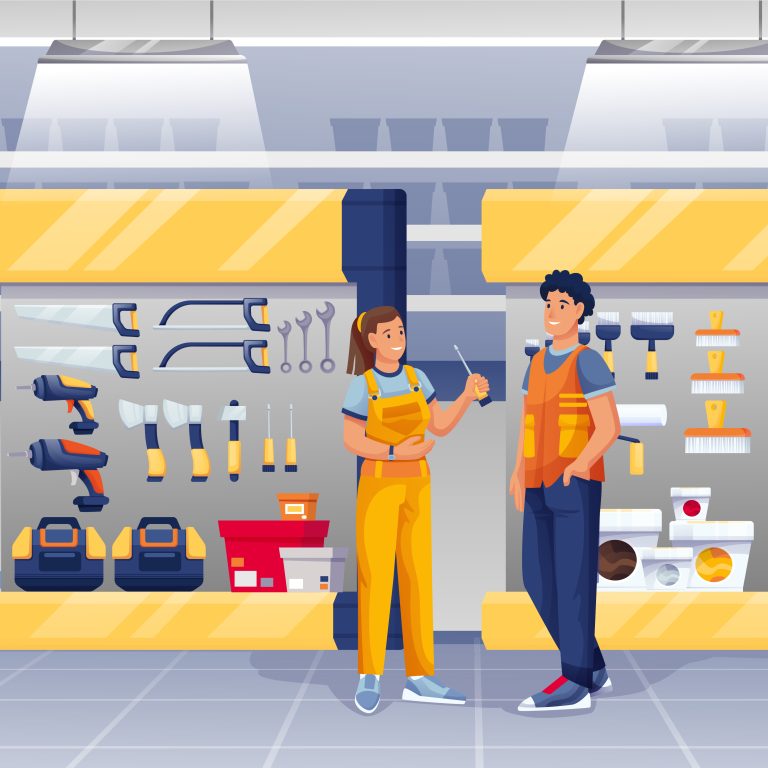
Ready to take your mechanics incentive programs to the next level?
Schedule a free Proof of Concept session tailored for your brand

Ready to take your mechanics incentive programs to the next level?
Schedule a free Proof of Concept session tailored for your brand
Incentivizing independent mechanics boosts their loyalty, encourages them to promote your brand, and helps increase sales of high-quality parts and services.
Effective incentives include monetary rewards, scan-and-earn programs, training and certification, referral bonuses, and exclusive events or recognition.
My Incentives offers centralized management, an intuitive app, real-time analytics, customization, and features to enhance engagement and communication with mechanics.
Leading auto brands like Mahindra and Gulf use My Incentives to run their incentive programs.
Success can be measured through sales data, mechanic participation rates, customer satisfaction, and return on investment (ROI).

